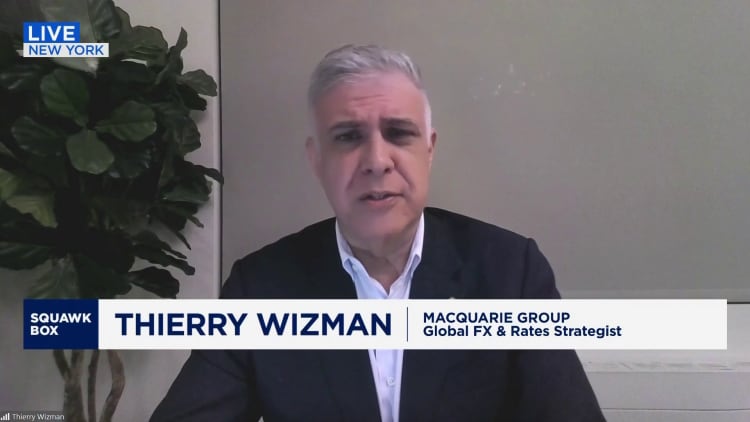The U.S. Federal Reserve is on Wednesday heading for its first interest rate cut since the onset of the Covid-19 pandemic — and despite the move being widely forecast, global investors are braced for impact.
The Fed is behind a swathe of its central bank peers, including those in the euro zone, the U.K., Canada, Mexico, Switzerland and Sweden, all of which have already cut rates.
Many of these policymakers stressed they were willing to move ahead of the Fed — usually seen as the global leader — in response to slowing growth and easing inflationary pressures at home.
However, some analysts have questioned how much further they could go before the Fed — the world’s biggest central bank by assets — followed suit, given the ripples its actions create.
Global impact
A key concern is the pressure interest rate differentials put on currencies.
Broadly speaking, higher rates attract more foreign investors seeking better returns, in turn boosting the value of the domestic currency.
This has been seen in the current cycle with the Japanese yen and Turkish lira taking a battering while their central banks kept rates low, while the U.S. dollar — as measured against a basket of currencies – soared throughout 2022 as the Fed delivered stringent rate hikes.
These differentials are particularly difficult for central banks attempting to keep price rises in check, since a weaker currency can be inflationary as it increases the cost of imported goods.
Beyond foreign exchange, another important effect of Federal Reserve rate-setting is its impact on the U.S. economy, particularly given the recent focus on a weakening labor market and possibility of a recession.

“As such an important driver of global growth, this is bound to have an effect on asset prices around the world,” Richard Carter, head of fixed interest research at Quilter Cheviot, said of a rate cut by the Fed.
That includes gold – which hit a record high this week on expectations of a move by the Fed. Higher rates are generally viewed to be a drag on gold since they make fixed-income investments, such as bonds, more attractive, although historically this has not always been the case. Gold is also used as a hedge against inflation (which can be pushed higher as rates go lower) and investors also buy the commodity in times of market stress.
Oil and other commodities, usually priced in dollars, often receive a boost with a rate cut as a lower cost of borrowing can stimulate an economy and increase demand.
Many…
Click Here to Read the Full Original Article at Top News and Analysis (pro)…


